Dairy Cattle
All Dairy Cattle Content
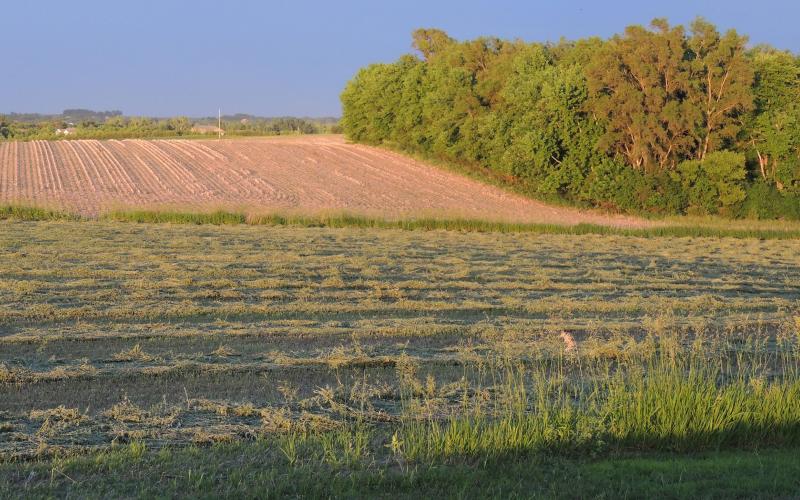
Forage Resources Available to S.D. Farmers and Ranchers
Forages are a very important part of the South Dakota livestock and cropping industries. Often, producers have difficulties finding enough forage for their herd or locating a fellow producer to buy, sell or rent forages and grazing acres too. South Dakota now has two widely-recognized, free resources to aid in these connections.
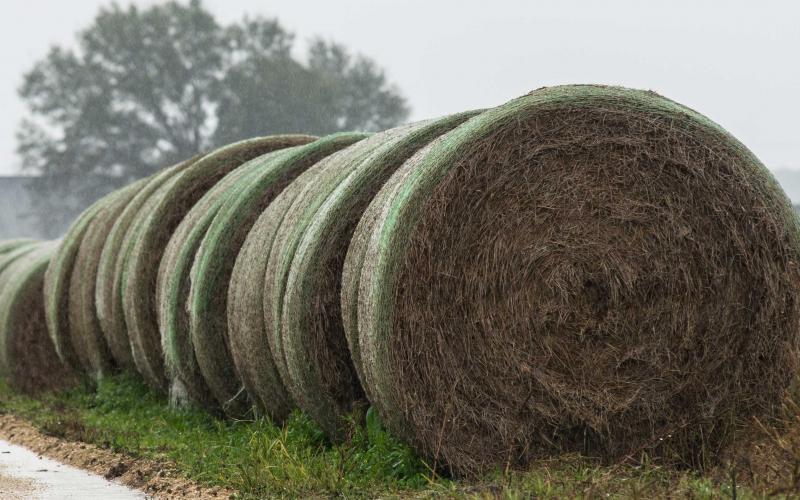
Round Bale Storage Conservation
Fact sheet discussing conservation of round bale storage.
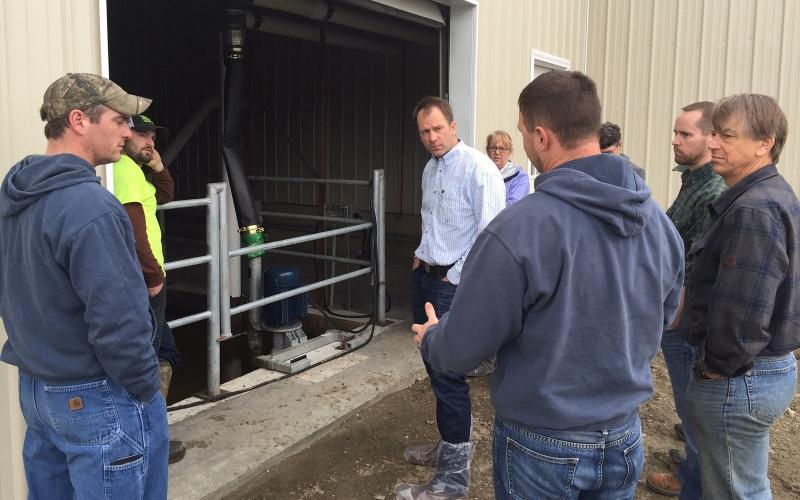
Dealing With Emergency Manure Runoff
With the recent flooding that the region has experienced and snowmelt that is yet to come, it is essential for livestock operators with animal waste management systems to regularly check on structures in order to prevent a manure storage spill.
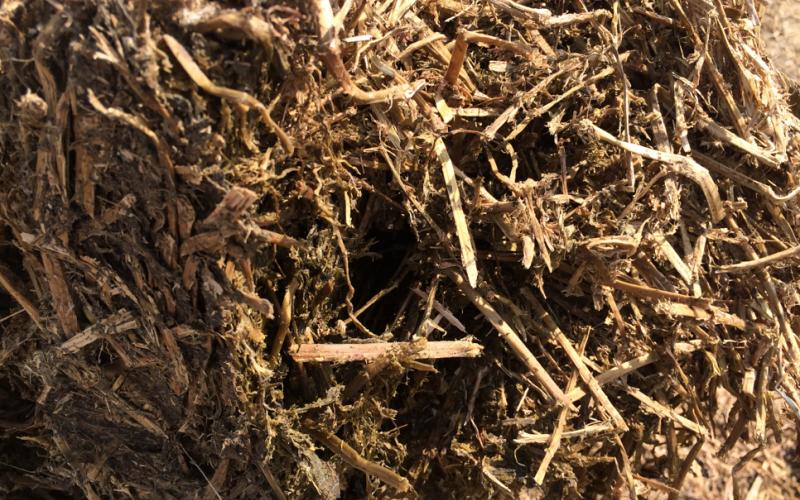
Minimizing Hay Storage Loss From Heating or Fires
Successful hay storage is essential to preserving high quality forage, while ensuring desired performance from livestock and deterring economic losses from unwanted hay storage fires.
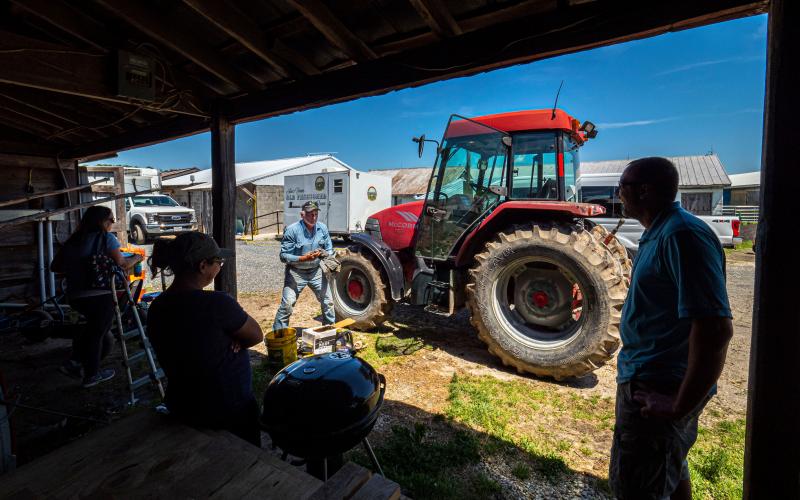
Employee Turnover: It Is Important in Agriculture Also
Lots of conversations in agriculture lately focuses around labor or the lack of a labor pool of employees. This is the case not only for dairy farms, but also within the entire agriculture industry.
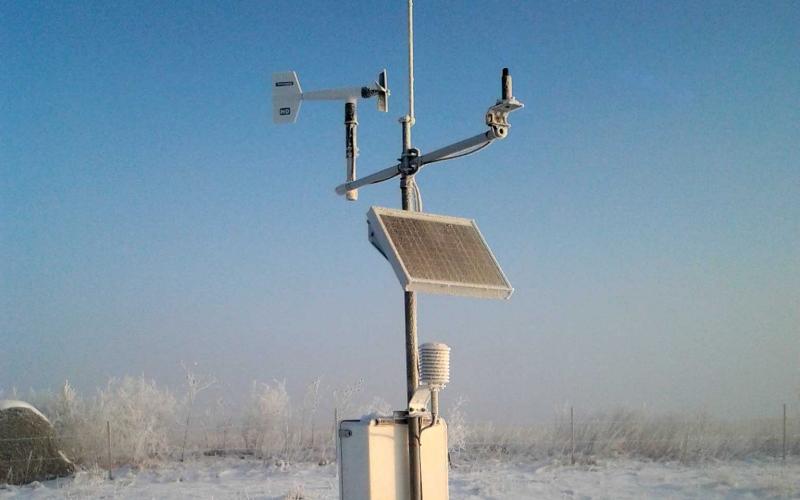
Livestock Stress Tool
Weather conditions in the Northern Plains can present more than a few challenges for livestock producers. From below zero or blizzard conditions during winter or even spring, to heat waves in the summer months, farmers and ranchers need to be prepared for rapidly changing conditions to provide the best care for their livestock and minimize their risks of losses.
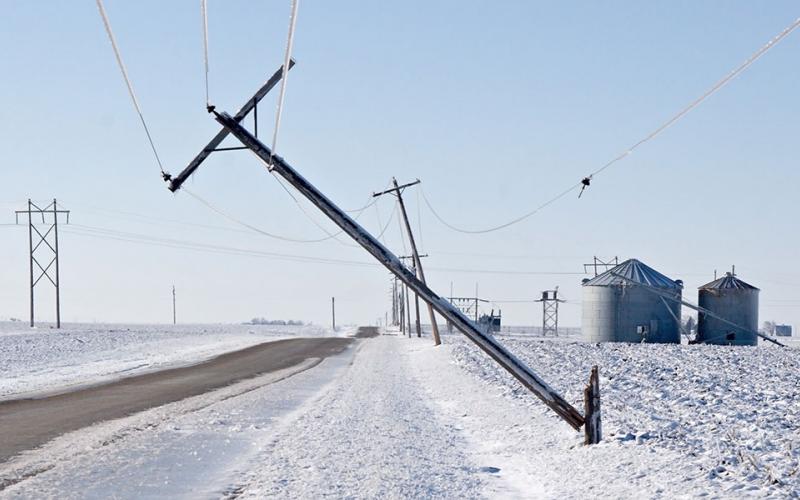
Caring for Animals When the Power Goes Out
Power outages bring with them a different set of circumstances to every animal operation. Questions about animal care and animal health products in the midst of electricity loss should be directed to your veterinarian.
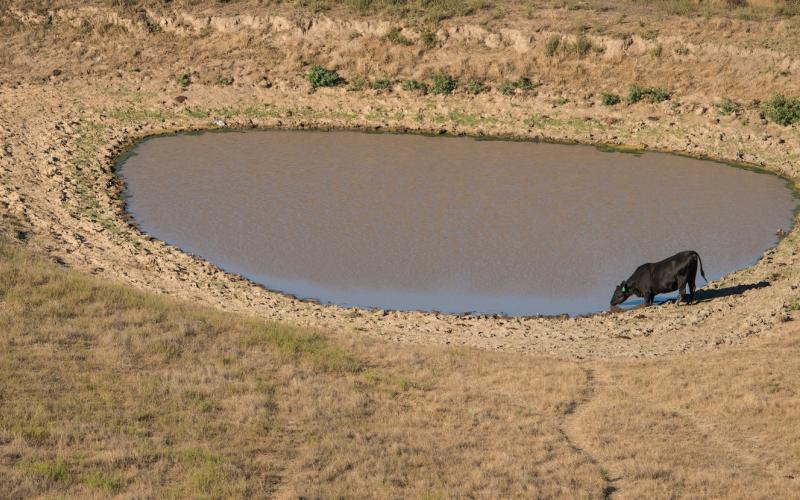
Feed & Water Testing Laboratories
A partial listing of available feed testing laboratories.
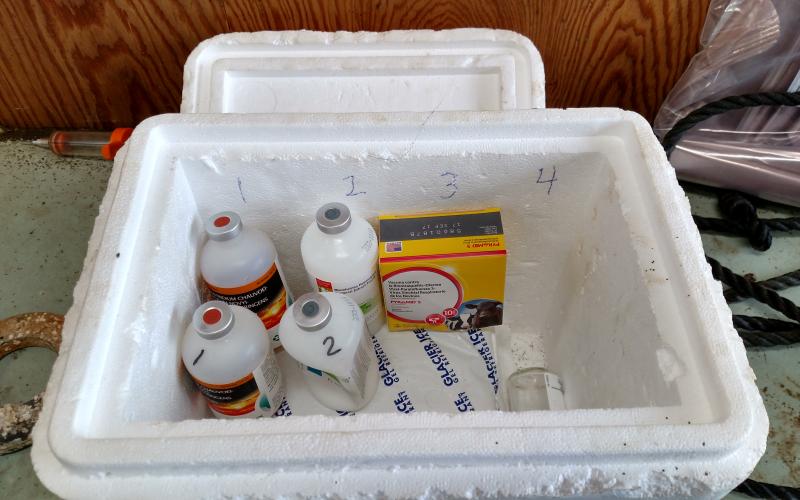
Keeping Your Vaccines Viable
Vaccines are a vital part of keeping all livestock healthy. Vaccines help in the prevention of disease, which results in less utilization of antibiotics due to fewer sick animals. A valid vet-client-patient relationship will help you as you select the vaccine of choice for your livestock health program.
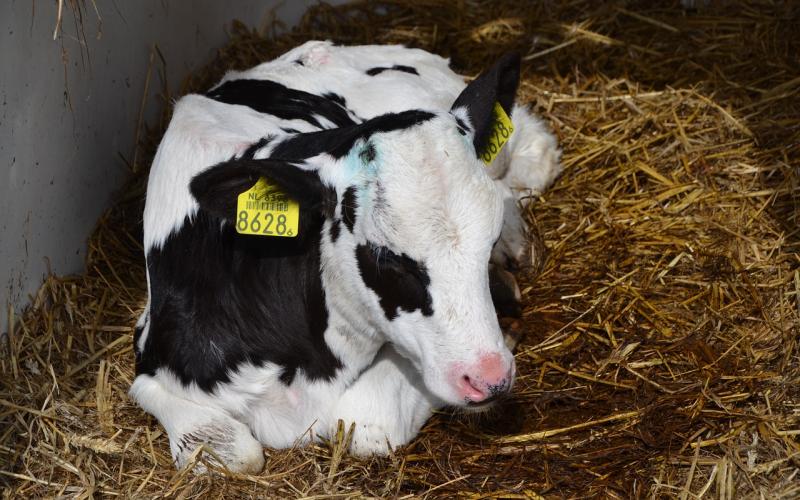
Ringworm: Don’t Let it Ruin Your Show Season
Ringworm is a common problem in animals that can bring a show season to a screeching halt.